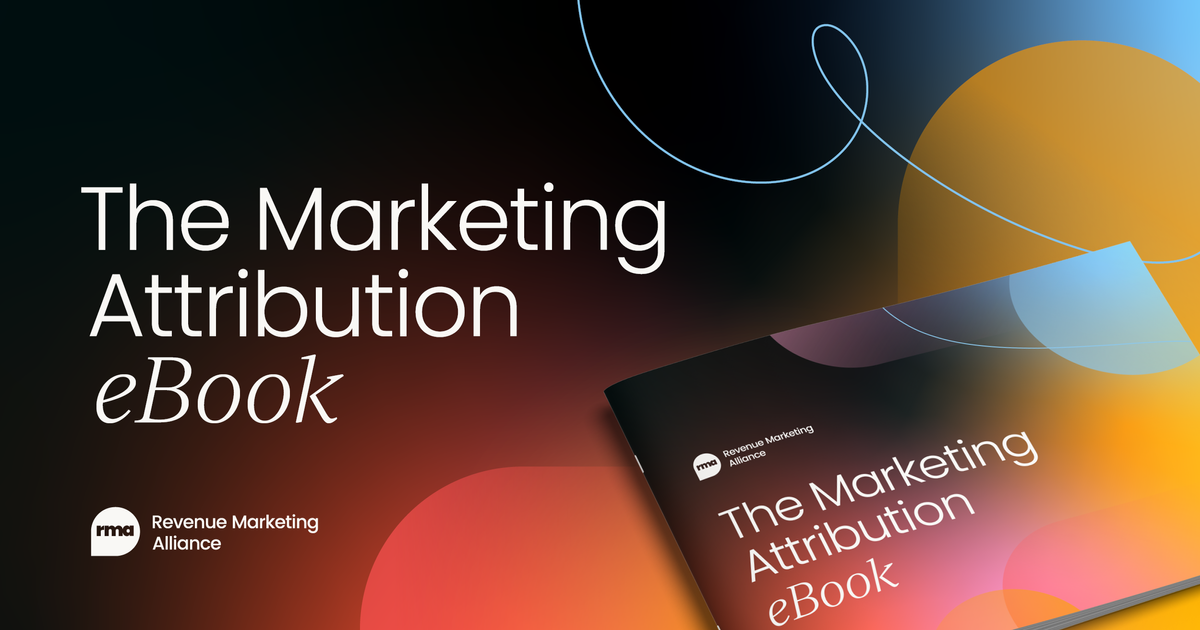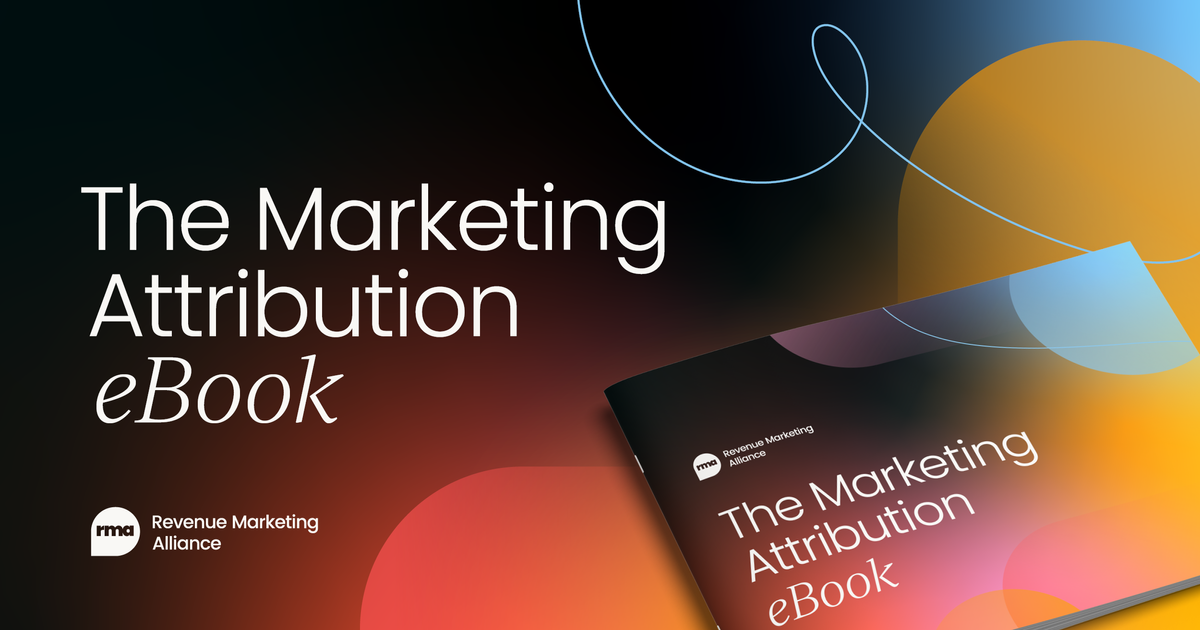“Affiliate marketing is an excellent opportunity if you truly believe in the value of the product you’re selling. Because many times, you can make money off of something you would probably recommend anyway.” – Neil Patel, marketer and co-founder of Crazy Egg and Hello Bar
With affiliate marketing spending in the US reaching $9.5bn USD in 2023 – and projected to reach $12bn in 2025 and $15.8bn in 2028 – it’s clear that this strategy is not widely used but also going strong.
It’s an efficient way for businesses to grow their reach and revenue and, if done correctly, it’s a win-win for both companies and affiliates.
So, let’s look at what you need to know about creating a great affiliate marketing strategy, from planning to execution.
Key takeaways about affiliate marketing
- Affiliate marketing operates on a pay-for-performance model.
- It’s budget-friendly and low-risk, since businesses only pay for results.
- Affiliates can tap into diverse audiences so you get expanded reach.
- Affiliates are diverse and can include bloggers, review sites, coupon platforms, influencers, etc.
- You can track ROI with tracking links and analytics platforms and measure the performance of your affiliate campaigns.
- Affiliate programs can scale quickly and lead to revenue opportunities.
- It takes time to recruit affiliates, build trust, and refine strategies for maximum ROI.
What is affiliate marketing?
Affiliate marketing is like a referral program on steroids – in essence, it’s a performance-based marketing strategy where businesses reward affiliates for driving traffic or sales through their referral efforts.
Imagine recommending a product or service to someone and, if they buy it, you get paid for making it happen. In fact, according to an AuthorityHacker survey, the average affiliate marketer makes $8,038 USD monthly.
How does affiliate marketing work?
- You have a product or service you want to promote.
- You create a special link or code for people to share on their social media channels, sites, and more.
- The affiliate spreads the word – through a blog, social media, YouTube, etc.
- When someone clicks the link and buys something, the affiliate gets a commission. People who click the link get a cookie stored on their computer or mobile.
- It’s a win-win – you get more customers and affiliates/partners make money for being the middleperson.
Common affiliate marketing models
Pay-per-sale
With pay-per-sale (PPS), affiliates earn a fixed commission or percentage of the sale value whenever a referred customer makes a purchase. This model is typically used in e-commerce stores, subscription services, and digital products.
This model encourages affiliates to target users who are likely to purchase and can also lead to high-quality traffic for businesses. The challenges with PPS include the fact that affiliates may prefer other models since earnings depend on completed sales and it can be hard for businesses to track conversions accurately.
Pay-per-click
Pay-per-click, or PPC, can be another affiliate marketing model, in which affiliates are paid based on the number of clicks they drive to a site. This is a good model for businesses that want to increase their website traffic or brand awareness, and the payment structure is often a small, fixed amount per click.
PPC is easy to learn and suitable for orgs with strong conversion rates, but you do run the risk of traffic not converting; it also needs to be monitored due to potential click fraud (a.k.a., number of clicks being artificially increased).

Pay-per-lead
Affiliates earn a commission for generating leads with this model, like email sign-ups, webinar registrations, or form submissions. Pay-per-lead (PPL) is a good model for B2B companies, SaaS businesses, and industries like finance or insurance, and commissions are typically higher.
PPL is cost-effective for businesses that want to focus on lead gen but ensuring the quality of leads may be a challenge and affiliates might need to target niche audiences.
Cost-per-acquisition
With cost-per-acquisition (CPA), affiliates are paid for specific actions, like a sale, app download, or subscription. Some of the pros include predictable ROI for businesses and versatility, which means CPA can be applied in different industries.
However, it also comes with some challenges, such as difficulty/complexity in tracking different actions; affiliates also need to optimize for high-intent users.
Revenue sharing
Revenue sharing means that affiliates earn a percentage of the revenue generated from their referrals, and it’s a model best suited for subscription-based services like streaming, SaaS, and memberships.
This model has a long-term earning potential for affiliates, though they depend on customer retention to sustain their income.
Two-tier programs
With two-tier programs, affiliates earn a commission not only on their referrals but also on the activity of affiliates they recruit. This model is best suited for companies wanting to expand rapidly through affiliate networks.
The benefits of these programs include passive income from sub-affiliates’ efforts. However, two-tier programs can be difficult to manage and monitor, especially when it comes to ethical issues (since it can resemble a pyramid scheme if not properly structured).
Influencer model
Influencers can use affiliate links or promo codes to recommend products and services to their audience. You’ll find this model widely in consumer-focused brands and industries like beauty, fashion, and fitness.
Using influencers can help you leverage the trust and loyalty between them and their audience, as well as drive high engagement and niche traffic. On the downside, the ROI depends on the influencers’ audience, mainly their engagement; on top of this, there can be potential credibility issues if influencers promote too many products.
“Affiliate marketing is not a ‘push-button’ solution. It takes focus and commitment, and a certain choreography to make it happen the way you want it to." – Pat Flynn, Entrepreneur
Top benefits of affiliate marketing
For businesses
- It can be cost-effective, since affiliate marketing pays only for results, minimizing your financial risk.
- Affiliate marketing is a low-risk strategy that doesn’t require upfront costs when compared to traditional advertising.
- You can expand your program fairly easily by onboarding more affiliates.
- Affiliates can introduce your brand to new audiences, resulting in increased brand awareness and reach for your business.
- Affiliates use blogs, social media, and other channels to promote your products, which means diverse marketing efforts to help you promote your product/service.
- Affiliate marketing is low maintenance – once set up, affiliate programs require minimal management, especially because affiliates are the ones handling content creation, promotion, and audience engagement.
For affiliates
- Affiliate marketing is a great way for affiliates to earn passive income by leveraging their audience and content creation skills. They can earn commissions even while offline.
- There’s a low barrier of entry with minimal or no financial investment required to start, since affiliates don't have to create products or manage inventory.
- Affiliates can work on their own schedules and choose niches they’re passionate about, so affiliate marketing can give them flexibility and independence. It’s also possible to get multiple income streams by partnering with different brands.
Both parties benefit from affiliate marketing since it’s a win-win situation. Businesses gain customers and affiliates gain commissions.

Cons of affiliate marketing
However, despite the many benefits of affiliate marketing, there’s no denying there are some downsides too.
For businesses
- There’s a lack of control over affiliates, who can use unethical or spammy tactics – when you’re associated with them, your reputation can suffer.
- Attracting and retaining high-performing affiliates can be hard and costly, as affiliates often promote multiple brands and have no loyalty to just one company.
- There’s a risk of fraud if affiliates engage in fraudulent practices, such as cookie stuffing (meaning placing affiliate cookies on a user’s device without their knowledge) or fake leads.
- By nature, affiliate marketing success depends on third parties to drive traffic and conversions, and poor efforts can directly impact business results.
- It may be difficult to correctly attribute marketing efforts. Cookie-based tracking may miss conversions, especially due to ad blockers and privacy rules.
For affiliates
- Many affiliates promote the same products, making it harder to stand out. Niches can become oversaturated.
- Affiliates depend on business policies, which can change suddenly.
- Earnings are inconsistent and depend on performance, meaning income can be unstable.
- Many affiliate programs have a waiting period before commissions are paid.
- Affiliates have limited control over products and pricing.
- Poor customer experiences with the business can damage the reputation and credibility of the affiliate.
- Building traffic, creating quality content, and optimizing campaigns take time and effort.
Affiliate marketing mistakes to avoid
Choosing the wrong affiliates
One of the biggest mistakes orgs make is partnering with affiliates who aren’t relevant to their brand or who use tactics that may harm the company’s reputation. The solution is to vet affiliates thoroughly and prioritize people who align with your brand values and target audience.
Unclear commission structure
Another thing to avoid is to offer commission rates that may be confusing or unappealing, since this may put affiliates off. So, you must communicate your commission rates clearly and ensure people understand the terms well.
Ignoring affiliate relationships
Some companies may neglect to engage and support affiliates regularly, so it’s crucial you provide training, resources, and updates to help affiliates succeed. After all, a good relationship is a win-win for both parties.
Overcomplicating affiliate tracking
Again, it’s important to be clear when it comes to the way you track links. Avoid outdated or unreliable systems that can’t attribute sales properly.

Neglecting compliance
The Federal Trade Commission (FTC) has strict disclosure guidelines, as affiliates must let their audiences know the connection they have with the company or product they’re promoting. So, a big mistake some orgs may make is failing to ensure affiliates are complying with these guidelines.
Lack of communication
It’s important that you provide affiliates with the resources and updates they need to successfully promote your product or brand, so give them regular newsletters, promotional materials, and open communication channels.
Ignoring feedback
If affiliates voice their concerns or give you suggestions for improvement, take the chance to strengthen your relationship with them and improve your offerings.
How to build an affiliate marketing strategy
1. Set clear goals
It goes without saying that you should define what success looks like. What are you hoping to achieve with your affiliate program? More sales? More eyes on your brand? Having clear KPIs can guide your strategy and help affiliates understand what you’re looking for.

2. Choose the right model
As we’ve seen above, there are many different affiliate marketing models you can choose from, so ensure you’re picking the one that best suits you and your needs/goals – as well as budget.
3. Recruit the right affiliates
The success of your program depends on your affiliates, so ensure they have an engaged audience that aligns with your target market, who create high-quality content, and who share your values. Influencer platforms and affiliate networks can be great places to look for affiliates.
4. Create a great offer
Affiliates are more likely to promote products they see as valuable and rewarding so make sure you’re providing a competitive commission structure and clear benefits for your affiliates.
5. Equip affiliates with the right tools
Your affiliates should have all the tools they need to successfully promote your products, whether it’s custom links and banners, educational content, and analytics tools (these allow affiliates to track how well their campaigns are performing in real time).
6. Monitor and optimize
Use analytics to track affiliate performance and ROI. Look for trends and adjust your strategy as needed. For example, identify top-performing affiliates and reward them with bonuses, optimize underperforming campaigns with new creatives or incentives, and gather feedback to refine your program.
Metrics to measure affiliate marketing performance
So, you go through all the trouble of creating an affiliate program – how can you tell if your efforts are worth it? If the campaign is succeeding? Sure, maybe you’re seeing more sales, but there are other metrics you can pay attention to.
For example:
- Clicks: This measures how many users click on your affiliate links, and tracking it indicates how effectively people are driving traffic to your site.
- Click-through rate: The click-through rate shows just how effective the affiliate content is in engaging audiences.
- Bounce rate: This is the percentage of people who leave your site without taking action, and measuring it helps you assess the quality of the traffic driven by affiliates.
- Conversion rate: It measures how effectively affiliate traffic is converting into sales, sign-ups, or downloads.
- Cost per acquisition: Evaluates how cost-efficient your affiliate marketing program is.
- Total revenue: It does what it says on the tin. By tracking this metric, you know how many sales the affiliate campaign generated for you.
- Customer lifetime value: This refers to the total revenue you can expect from customers referred by affiliates over their lifetime, and it’s important to track because it helps you evaluate the long-term impact of affiliate marketing.
- ROI: It shows the profitability of your affiliate marketing efforts.
- New vs returning customers: These metrics evaluate whether affiliates are actually expanding your customer base or whether you need to rethink your strategy.
- Retention rate: This reflects the quality of traffic and customer loyalty that affiliates are bringing in.
Examples of successful affiliate marketing programs
Amazon Associates
This is one of the most well-known and popular affiliate programs and allows affiliates to promote millions of products available on Amazon. The company offers a tiered commission structure based on product categories, as well as customizable affiliate tools like banners, widgets, and product links.
Part of the reason for its success is that Amazon has a huge product selection that appeals to many different audiences (bloggers, YouTubers, etc.) who link to products like books, gadgets, and beauty products.
Shopify Affiliate Program
Affiliates earn commissions for referring new customers to Shopify. Some of the key features Shopify offers are high payouts and extensive resources and support for affiliates. They carved a clear niche in the e-commerce platform market and have a strong brand trust, which helps them succeed.
Wirecutter
Wirecutter, owned by The New York Times, is a site that found success through affiliate commissions – actually, in 2022, they had a 20% increase in revenue due to this model and approach.
Hubspot Affiliate Program
HubSpot’s program offers commissions for referring users to their platform. They also provide high rates of up to $1,000 per customer for enterprise plans and strong support for affiliates.
Their success is also due to the high value of their products and the suitability of the program for B2B audiences and marketers.
For example, many digital marketing consultants recommend HubSpot to their clients.
Target
Target’s affiliate program offers a commission of up to 8% on a wide range of products. Target’s become a trusted brand name with a reputation for quality, and they also provide a diverse product selection, which appeals to many niches.
For instance, parenting and lifestyle blogs often promote Target’s baby or home products.
SEMrush Affiliate Program
SEMrush is a marketing and SEO tool that helps businesses improve their digital presence. They also offer an affiliate program with high commissions that target marketers, SEO professionals, and content creators overall.
In short
Affiliate marketing can be a powerful strategy for businesses. If you have clear goals, partner with the right people, and continuously optimize your program, you can drive significant growth – and establish long-lasting relationships with affiliates.
Want to know where your traffic is coming from? Get your free copy of our Marketing Attribution ebook to always know which channels are driving revenue.




 Follow us on LinkedIn
Follow us on LinkedIn







